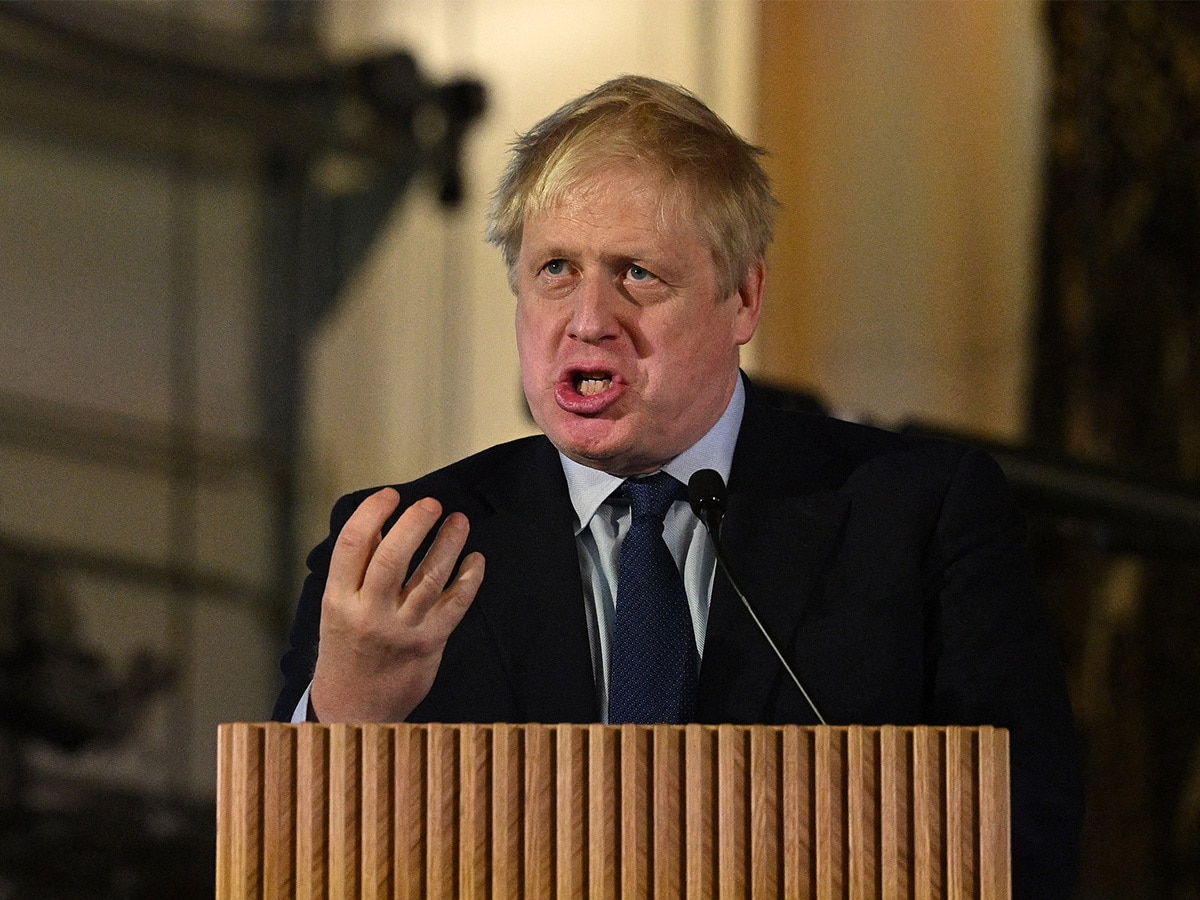The Eurasia Mining share price is listed on the Alternative Investment Market in London, but the majority of its operations take place in Russia. Since the country’s invasion of Ukraine, its share price has lost more than half of its value as a trading suspension weighs down sentiment.
Following the suspension of its shares on the AIM on 16 May, the Eurasia Mining [EUA.L] share price was trading at 7.21p on 15 June. That’s a drop of 35% from the day the suspension was announced, and a massive 69.5% drop from the 24.5p price it ended 2021 with.
When announcing the suspension at 7.40am on that morning, the AIM said an announcement from the company was pending. However, by the time trading had resumed on 18 April, no explanation had been given.
It remains unclear what the reason for the suspension was, although this is not Eurasia Mining’s first encounter with suspension. In February 2020, the firm’s shares were suspended “pending clarification of its relationship” with CITIC Group Corp, its Chinese state-owned investors.
Eurasia Mining’s troubles
Until recently, the Eurasia Mining stock was a runaway success. In 2020, it rose a phenomenal 800%, hitting an all-time high of 42.5p on 9 December.
Since then, the stock has struggled, falling by 25% over the course of 2021. But it was February of this year that its troubles really began, as investors became concerned over its close focus on Russia. On 24 February, the day Russia invaded Ukraine, Eurasia’s share price plunged 48.8% in 24 hours. The stock was trading at 55.5% below its 23 February closing price as of 14 June.
While the company is UK-listed, the majority of its operations take place in Russia, where it has two offices. The company’s projects include operating the West Kytlim mine in the Ural mountains and the Monchetundra Project on the Kola Peninsula.
There are therefore strong concerns that Eurasia Mining could be impacted by sanctions targeting Russia, although the firm has strongly refuted that this is the case.
On 2 March, it reiterated that “no individual or entity” identified in the sanctions on Russia were connected with the company. It also added that “contrary to speculations, none of Eurasia’s team members — being the largest shareholder group — has sold any shares in the company.”
It has also said that it holds no ties to Russian banks, and even suggested that the tumbling rouble could benefit its bottom line by reducing costs.
These announcements have failed to help substantially boost the share price, though the stock was boosted briefly in 2021 following a May announcement that the company was on the cusp of selling almost all of its assets. After assessing its resources, Eurasia estimated that it has 292,714 tonnes of copper reserves and 1.8 million tonnes of copper resources. It also said it had substantial amounts of nickel, cobalt, palladium, gold and silver in resources and reserves.
What does the future hold for Eurasia?
Eurasia Mining last provided a financial update in September 2021, when it announced interim six-month results up to 30 June.
The update showed that Eurasia had made a near £1.5bn loss before tax in the first half of the 2021, up 13% from the £1.3bn loss it had made in the same period a year before. Sales, however, increased dramatically from £48m in H1 2020 to £426m in H1 2021, a rise of nearly 790%. Cash was also up to £16.1m from £50,896 a year earlier, following a capital raise.
The future remains uncertain for Eurasia Mining, which saw its share price drop below its 200-day moving average in intraday trading on 13 May.
Writing in the Motley Fool, Andrew Woods said “there is still too much uncertainty surrounding the Eurasia Mining share price for me to invest”, adding that it still wasn’t entirely clear why the company’s shares had been suspended.
Continue reading for FREE
- Includes free newsletter updates, unsubscribe anytime. Privacy policy





